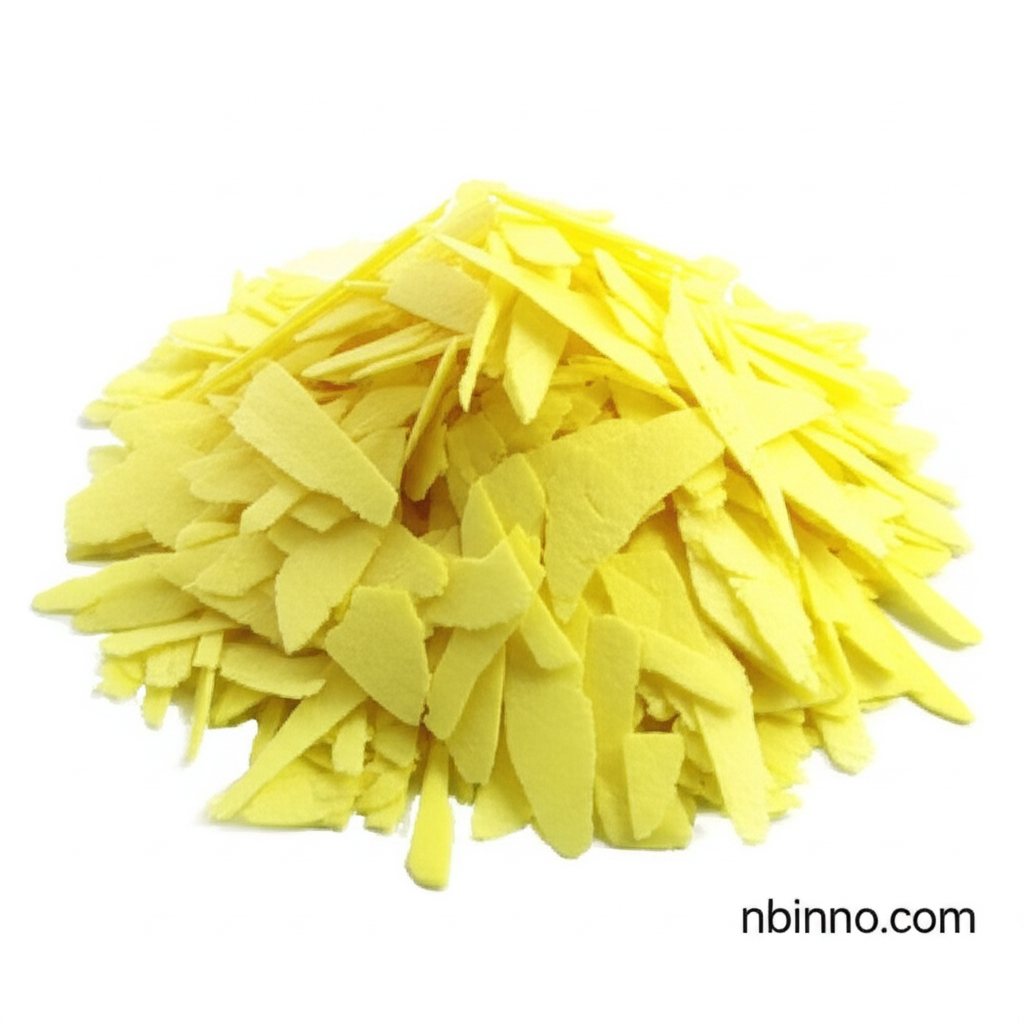2-Ethylanthraquinone: A Vital Component in Chemical Manufacturing
Discover the essential role of 2-Ethylanthraquinone in producing hydrogen peroxide and advancing chemical synthesis.
Get a Quote & SampleProduct Core Value

2-Ethyl-Anthraquinone
2-Ethyl-Anthraquinone (2-EAQ), identified by CAS No. 84-51-5, is a pivotal organic intermediate primarily utilized as a raw material in the industrial production of hydrogen peroxide through the anthraquinone process. Its chemical structure and properties make it highly effective in facilitating this crucial industrial reaction.
- Explore the efficiency of 2-ethylanthraquinone in the hydrogen peroxide production via the well-established anthraquinone process.
- Understand the versatility of this organic intermediate synthesis for various downstream chemical applications.
- Learn about the critical function of 2-EAQ as a chemical intermediate in complex manufacturing chains.
- Discover how 2-ethylanthraquinone serves as a reliable precursor for pharmaceuticals, photochromics, and dyes.
Key Advantages
High Purity for Industrial Processes
With an assay of ≥ 99%, 2-ethylanthraquinone ensures consistent and reliable performance in demanding industrial applications, contributing to the efficiency of hydrogen peroxide production.
Versatile Synthesis Applications
Beyond hydrogen peroxide, this compound acts as a valuable organic intermediate for the synthesis of pharmaceuticals, photochromics, and dyes, showcasing its broad utility in fine chemical manufacturing.
Established Anthraquinone Process Component
As a key component in the anthraquinone process, 2-ethylanthraquinone is integral to a widely adopted and efficient method for producing hydrogen peroxide, a critical industrial chemical.
Key Applications
Hydrogen Peroxide Production
2-Ethyl-Anthraquinone is a cornerstone in the anthraquinone process for manufacturing hydrogen peroxide, a vital chemical used in bleaching, disinfection, and as an oxidizer.
Pharmaceutical Intermediates
This organic intermediate finds application in the synthesis pathways for various pharmaceutical compounds, contributing to the development of new medicines.
Photochromic Materials
The chemical properties of 2-ethylanthraquinone make it a suitable precursor for creating photochromic materials, which change color when exposed to light.
Dye Synthesis
It serves as an intermediate in the production of certain dyes, contributing to the vibrant colors used across various industries like textiles and printing.
